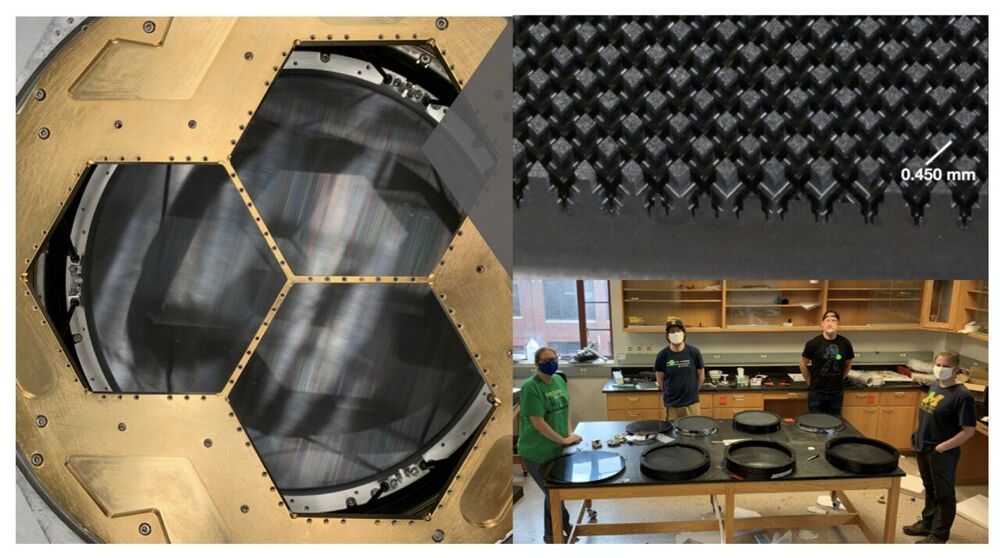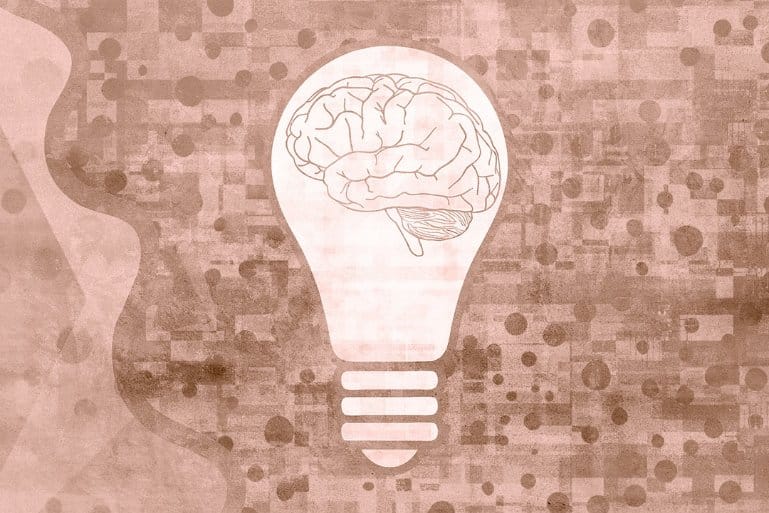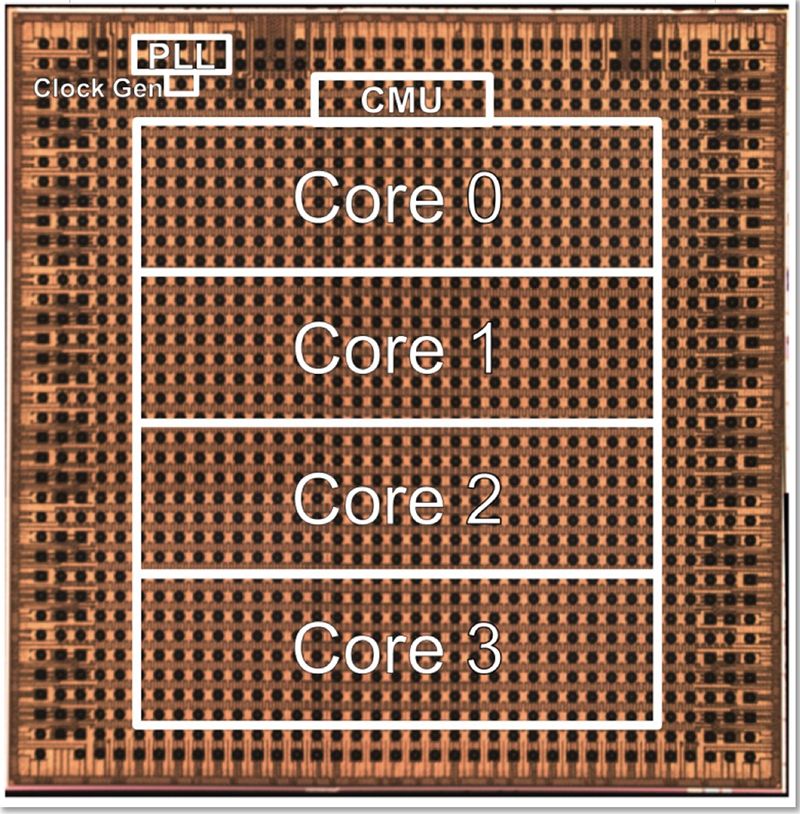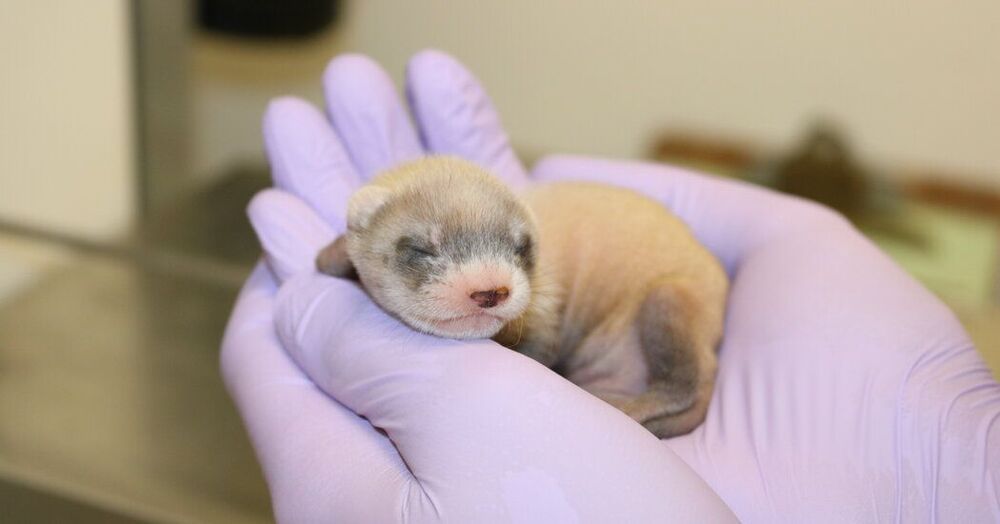As we assembled our second annual TIME100 Next list—an expansion of our flagship TIME100 franchise that highlights 100 emerging leaders who are shaping the future—what struck me most was how its members are coping with crisis.
Amid a global pandemic, deepening inequality, systemic injustice and existential questions about truth, democracy and the planet itself, the individuals on this year’s list provide “clear-eyed hope,” as actor, composer and director Lin-Manuel Miranda puts it in his tribute to poet and TIME100 Next honoree Amanda Gorman. They are doctors and scientists fighting COVID-19, advocates pushing for equality and justice, journalists standing up for truth, and artists sharing their visions of present and future.






